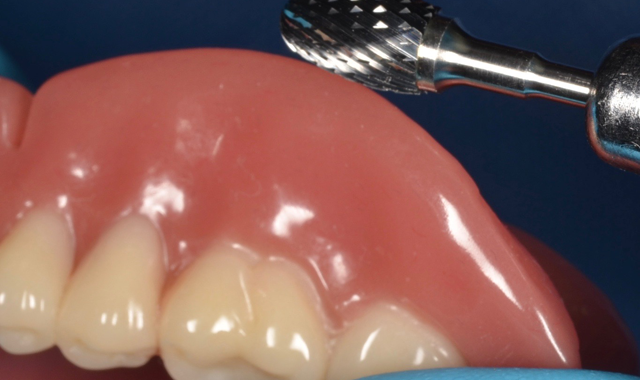how are dentures made?
how are dentures made?
Dentures are removable restorative appliances that replace missing or lost teeth. Do you know how dentures are made? You can learn this from this article.
What Are Dentures Made of?
The base of the denture and the teeth are the two components that make up dentures.
The base of the denture is made from a carefully pigmented acrylic called polymethyl methacrylate (PMMA). This pigmented acrylic mimics the look and color of your natural gum tissue.
The denture teeth can be made from different materials, like acrylic or porcelain, the latter being much rarer. Just as with the gum-toned base, they are made to closely match your natural teeth as possible.
How Are Dentures Made?
Step 1: Pouring the Model
First, take a preliminary impression of the patient’s mouth using stock trays designed for edentulous patients. It may be necessary to add wax to the tray's edge. Pour the impression into dental stone using a vibrator to eliminate bubbles and voids.
Step 2: Fabricating the custom tray and bite rim
The lab technician will fabricate a custom impression tray and wax bite rims. The bite rims need to be contoured to provide the correct lip support and indicate future incisal edge positions, the occlusal plate, the vertical dimension and the midline. Choose the tooth mode and shade best suited for the patient and include these details and any other information on your RX and return all items to the dental lab.
Step 3: Articulating the models
The denta lan indexes and mounts the master casts created from the custom tray impression and the bite rim measurements using an articulator to represent the patient’s jaw relationship.
Step 4: Setting Up the Teeth
The lab technician will set up the teeth in the desired occlusal scheme, ensuring proper form and function.

Step 5: Waxing
Once all the teeth are correctly set up, the technician adds additional wax around the teeth, to gradually build up the proper gingival contours. Sufficient wax is added to properly support the facial muscles and create a natural-looking appearance. To prevent the acrylic gums on the finished denture from seeming excessively smooth, the wax can be lightly stippled.
Step 6: Flasking
The denture is ready to be processed when the clinician and the patient have approved the teeth try in. The model with the denture is placed in the bottom flask, and the flask is sealed with plaster as the initial step in flasking the denture. The upper flask is placed in position and filled with extra plaster after the plaster has dried. The flask is then heated until the wax is sufficiently melted. After carefully flushing away the wax, the flask is opened, and the teeth and denture mold are ready for acrylic filling.
Step 7: Acrylic Mixing
The technician weights the monomer and polymer precisely. Mix them thoroughly to create acrylic.
Step 8: Acrylic Pressing
After packing the acrylic into the flask and reassembling the two halves, the mold is ready. The denture is then cured under pressure until the correct hardness is achieved. The denture is deflasked, cleaned of all plaster and is ready for finishing.
Step 9: Finishing
Each denture is hand finished using carbide burs or carbide cutters to remove any excess acrylic around the edges and palatal area. The articulation is checked and adjusted if necessary.

Step 10: Polishing
Finally, the denture is polished and smoothed with polishing brushes or mops to create a natural-looking luster.

Blog
- the comprehensive guide to using finishing and trimming carbide burs in dentistry
- understanding dental burs: types, uses, and techniques
- understanding carbide burs: comprehensive guide to their uses and benefits
- beginner's guide to using nail drill bits
- how to choose the right nail drill bit for your needs
- the latest trends in nail drill bit shapes
- ergonomics for endodontists: avoiding pain and strain from handpieces
- endodontic handpieces of the future: a sneak peek at exciting new designs
- pimp my handpiece-unleashing style and performance in your endo tools
- dental sandblaster buyer’s guide
